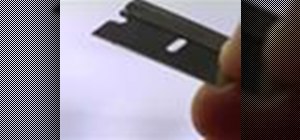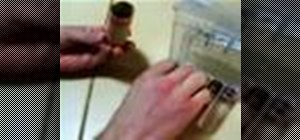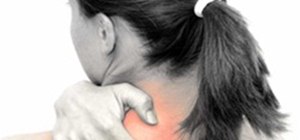Self-injuring with knives or razor blades is a dangerous attempt at coping with problems like anger and anxiety. Learn how to get help and deal with your feelings more constructively.
You Will Need
* Therapy
* A psychiatrist
* Relaxation techniques
* Substitutes for self-injury
* Outlets for your anger
Step 1
Seek counseling to explore why you are hurting yourself. Dialectical behavioral therapy – an intense individual as well as group course involving talk therapy and journaling – has proven especially effective in treating self-injurers.
Step 2
See a doctor who can determine whether you might benefit from medication. Anti-depressants are sometimes effective in treating self-injurers.
Cutting is common in people with borderline personality disorder.
Step 3
If you're one of the approximately 50 percent of self-injurers who have been sexually or physically abused and the situation is ongoing, report it to your parents or the authorities.
Step 4
Realize that self-injury is an attempt to self-soothe. Cope with your stress levels by taking up a relaxation technique like yoga or meditation to calm yourself.
Step 5
Find substitutes to use when the urge to cut strikes, like snapping a rubber band against your skin, rubbing your arms and legs with an ice cube, or doodling on them.
Step 6
Find healthy physical outlets for your anger, like going for a run or putting on loud music and dancing.
Step 7
For more information, contact Self Abuse Finally Ends at selfinjury.com or 800-DONT-CUT.
Fact: Most self-injurers are girls and women between the ages of 11 and 26.
Just updated your iPhone? You'll find new emoji, enhanced security, podcast transcripts, Apple Cash virtual numbers, and other useful features. There are even new additions hidden within Safari. Find out what's new and changed on your iPhone with the iOS 17.4 update.




































Be the First to Comment
Share Your Thoughts